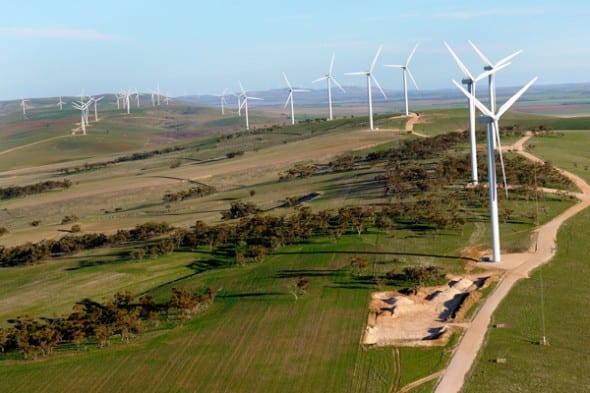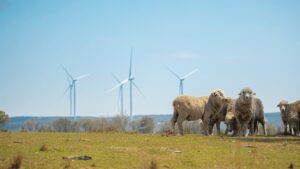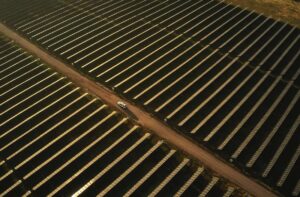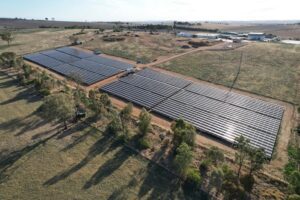The future of gas generation in Australia, and in South Australia particularly, dimmed further after local transmission company ElectraNet said using synchronous condensers – a relatively old technology – would offer a much cheaper solution to the state’s energy security issues in a high renewable grid.
ElectraNet, in a submission to the Australian Energy Regulator, said using the existing gas fleet for “system security” was “no longer economically viable”.
Synchronous condensers offered the cheapest intermediate option – before a newer technology came along – and four units could be installed by the end of next year. This is up from the three units canvassed last year, when it first identified the Syncons as a cheaper alternative to gas.
The Australian Energy Market Operator has been relying on gas generators to guarantee system strength and inertia as the share of wind and solar has increased.
However, it has also recognised that relying on gas is probably not a long-term option, and has recommended synchronous condensers be used as the state’s grid shifts rapidly from its current level of a 50 per cent renewables (all wind and solar), towards 100 per cent, when wind and solar will be providing the equivalent of the state’s demand as early as 2026.
In a submission to the Australian Energy Regulator, ElectraNet said the synchronous condensers worke out as the cheapest option for providing system strength, and delivered net market benefits of $32 million over the current method of directions to gas generators issued by AEMO. That translates to a bill saving of up to $5 a year for each consumer.
Compared with the alternative solution of providing long-term contracts to existing gas generators, there is no contest. The gas contract option would likely cost around $85 million a year, for a total negative market benefit (or market loss) of $425 million.
- “Contracts with existing gas-fired generators would not be an economically viable solution based on the market costs of this option,” ElectraNet said.
ElectraNet said the synchronous condensers would have an upfront cost of about $160 million, and a minimal operating cost (just one per cent of total capital cost). They could be installed by the end of next year, or even earlier, and would be equipped with bigger fly wheels that would be able to deal with inertia issues too.
“Installing synchronous condensers provides a no regrets measure to meet the minimum system strength requirement in the absence of any other available solutions in the immediate term,” the submission says.
“Implementation of this system strength solution through the installation of high inertia machines is also expected to efficiently meet the minimum threshold level of inertia in South Australia, at minimal additional cost.”
Synchronous condensers are also being used elsewhere, with the Victoria solar project at Kiamal proposing to install a major unit to guarantee connection agreements for that and other major projects in the state’s clogged networks in the north west.
The investment will mean that gas generators will lose yet another revenue stream. Already, their use is being reduced by the growing share of wind and solar, and while constraints have been put on wind output to ensure enough “synchronous” generation is supplied, those are now being relaxed by AEMO.
Some old generators are expected to be replaced by new fast-start technology, which will be better equipped to deal with the new 5-minute settlement periods, and will have better economic profiles to rely only on peak pricing events. Those fast-start units usually do not provide system strength.
AEMO expects the level of gas generation to fall sharply as the level of renewables approaches the equivalent of 100 per cent of demand for the state – a level it says could be reached in less than 10 years.
ElectraNet says the next steps will be to work with AEMO for the final specifications of the equipment, and says two of the units could be in place by the middle of next year.








